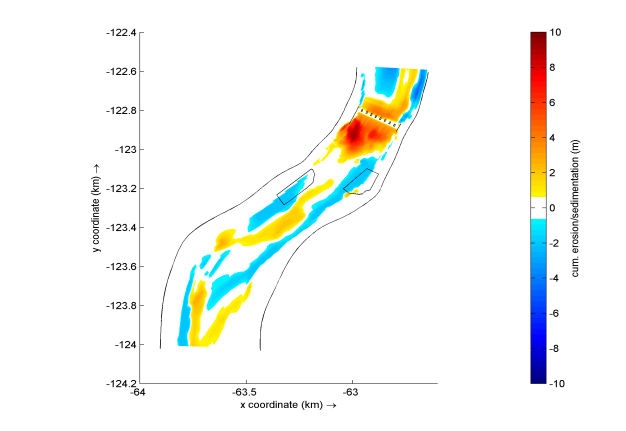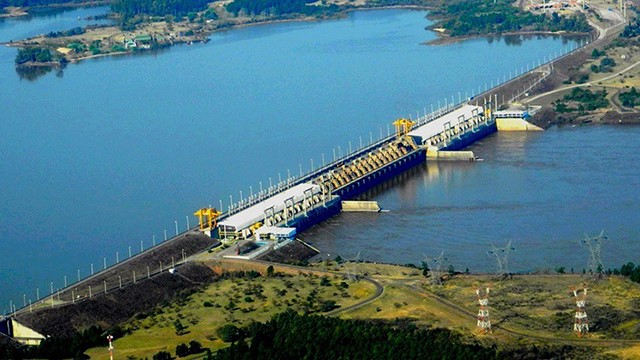Salto Grande reservoir operational system for decision making - Delft-FEWS
Salto Grande reservoir operational system for decision making
26 August 2021
Salto Grande is a Hydropower Dam on the Uruguay River. The upstream catchment is about 240,000 km2 with an average annual discharge of 4700 m3/s. On a normal regime the dam is regulated for energy production, but during floods it is used for attenuation of the peak. In order to be able to operate the reservoir and attenuate the flood peaks on time Salto Grande needs an accurate inflow forecast.
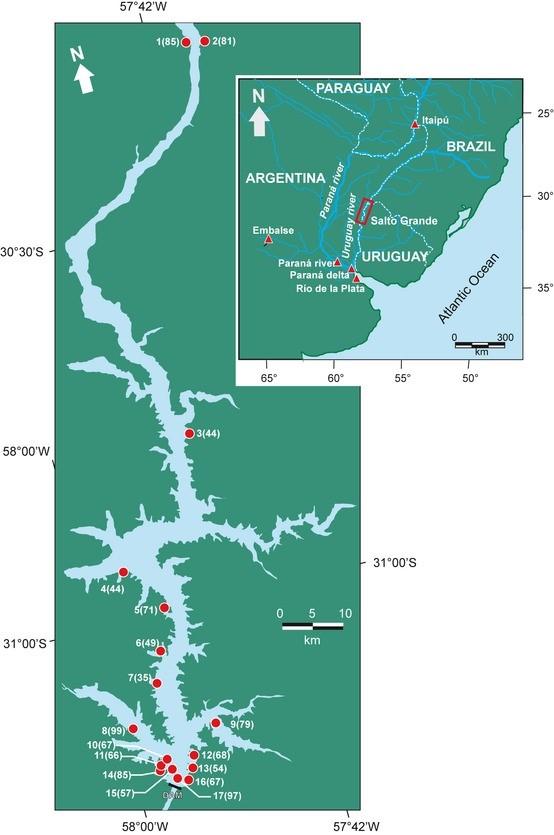
Who uses this Delft-FEWS application, and for what purpose?
FEWS-Salto Grande provides an accurate inflow forecast by integrating various telemetry data sources with weather forecasts, hydrological and hydraulic models. It is used for the generation and dissemination of hydrological forecasts.
The system is financed and used by the binational entity, Comisión Técnica Mixta de Salto Grande (CTM), a collaboration between Uruguay and Argentina. The commission consists of experts from both countries and decisions are made together.
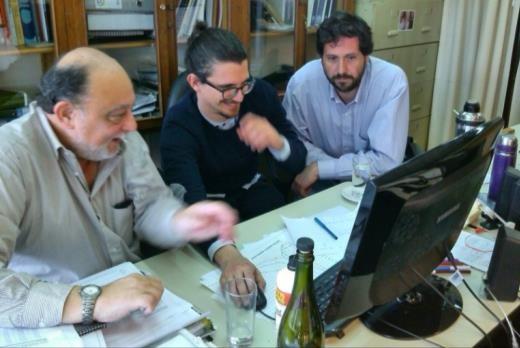
What are the main components?
The operational flow forecasting system of Salto Grande integrates more than 20 telemetry sources with hydrological and hydrodynamic models and weather forecasts. The data feeds include ensemble forecasts from ECMWF and NOAA GEFS. As the inflow is highly influenced by the operation of the other dams in the region, Salto Grande also receives data from the operation of the upstream dams, and data over the operation of the dams of the neighbouring countries. Hydrological calculations are performed with SAC SMA model (Sacramento Soil Moisture Accounting) . The hydraulics are calculated by a Muskingum model for the wave propagation. A HEC-RAS 1-dimensional hydrodynamic model is also implemented into the system to assess model uncertainty.
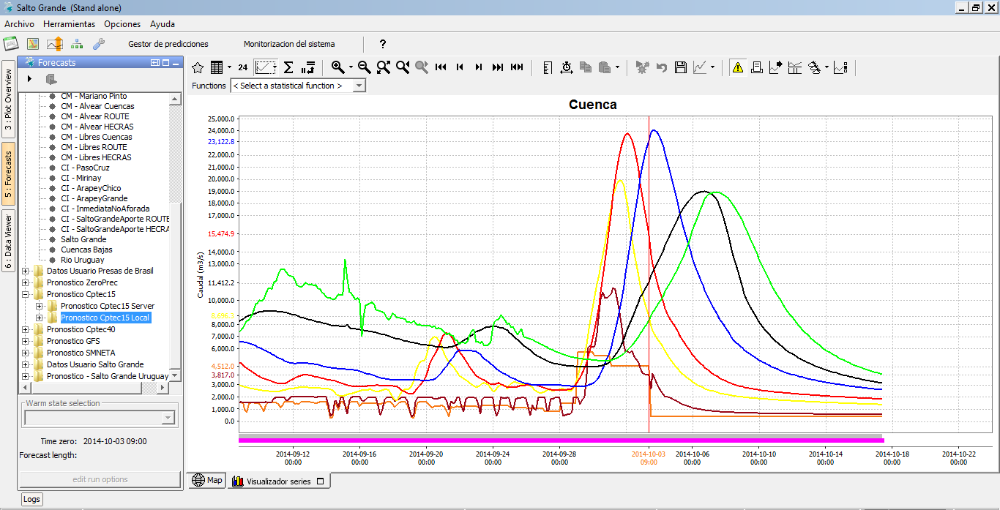
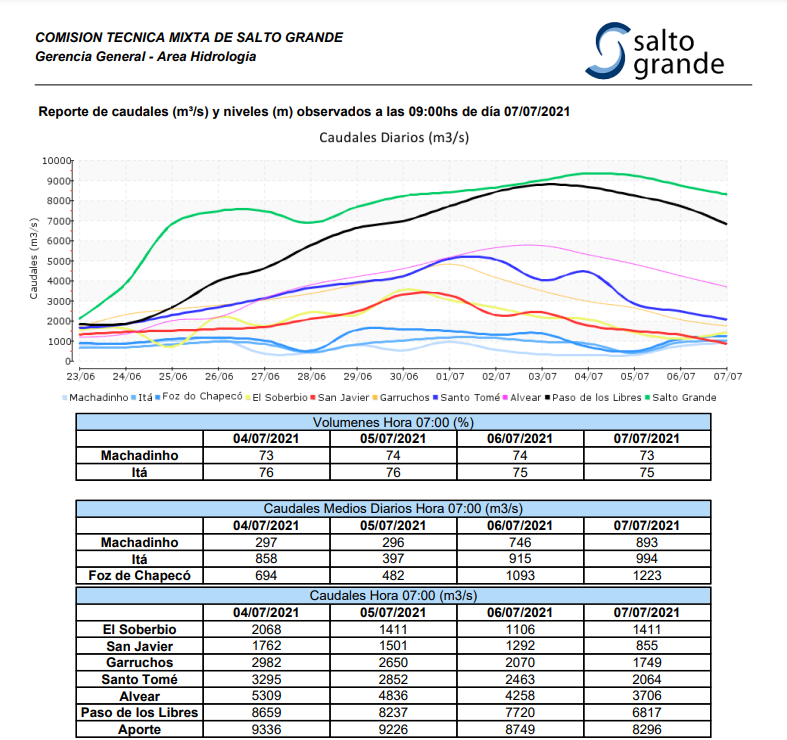
What makes this Delft-FEWS unique?
Salto Grande was the first FEWS operational forecasting system for reservoir operation in the region. Nowadays other reservoir operators, hydropower companies also have Delft-FEWS systems based on the good experience of the neighbours.
The forecasting system is operated by a binational entity, it is a good example of transboundary cooperation about water resources management. Salto Grande will extend the use of Delft-FEWS beyond the inflow forecasting system, currently there are plans to use Delft-FEWS also for water quality forecasting. In this way there is potential to monitor the reservoir as a whole, and its management is integrated.
What’s next for this Delft-FEWS?
The next developments at Salto Grande include an operational water quality forecast. The algae bloom is modelled and studied with the help of the Delft3D software. Connecting this model to an operational forecasting system, real-time forecasts over algae growth will be provided.
This is part of a current research project which includes morphology and water quality modelling. In order to completely understand the reservoir dynamics a Delft3D study will be made to study the morphology of the river upstream and the sedimentation and water quality at the lake. This is long-term study, that will also include scenario analysis. Knowing better the morphology of the reservoir and the sediment dynamics will help the operators to develop efficient strategies to deal with sedimentation.

